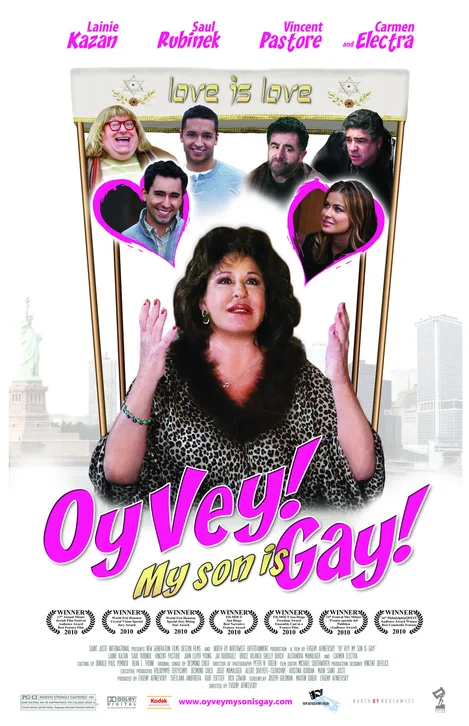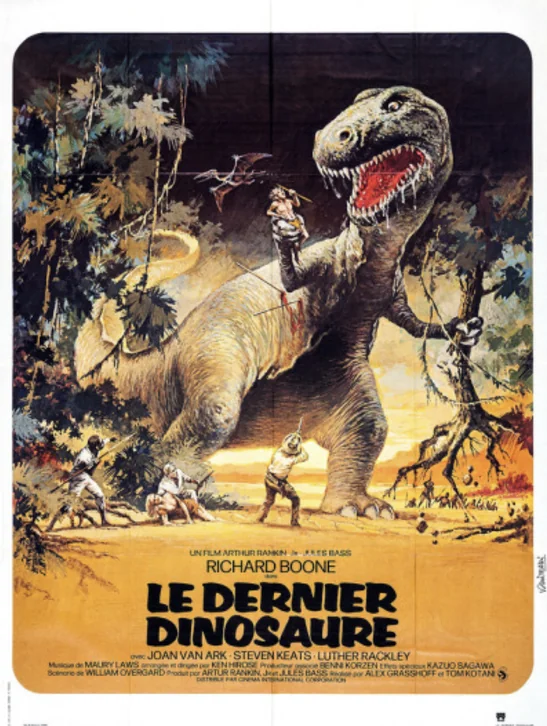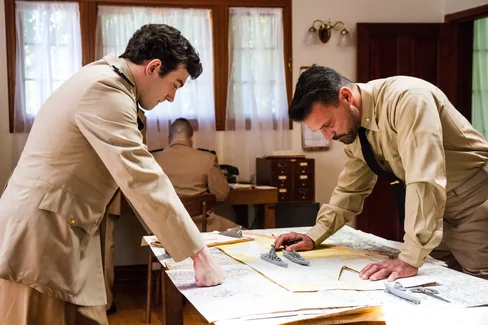🎯 Quick Overview
Trailer
- Director: Anthony Mann
- Genre: Western, Drama, Romance
- Release year: 1960
- Runtime (length): 2h 27min
- IMDb rating: 6.4/10 (3.6K votes)
- Rotten Tomatoes: 10%
😅 Plot Summary – Badly Explained
A restless guy drags his wife to Oklahoma for free land, spends half the movie wandering off to do hero stuff, while she gets surprisingly good at running a newspaper and getting rich, mostly ignoring the giant land rush they started with.
🍿 Cimarron: Detailed Plot Synopsis
The Great Oklahoma Land Rush
The film opens in 1889, just before the Oklahoma Land Rush. Thousands gather, eager to claim their piece of free land in the newly opened territory. Among them are Yancey ‘Cimarron’ Cravat, an adventurer, and his new wife, Sabra. The chaos and excitement of the actual land rush are depicted in a large-scale sequence. People race by wagon, horseback, and on foot to stake their claims. Yancey and Sabra participate, but Yancey doesn’t secure the plot he originally intended.
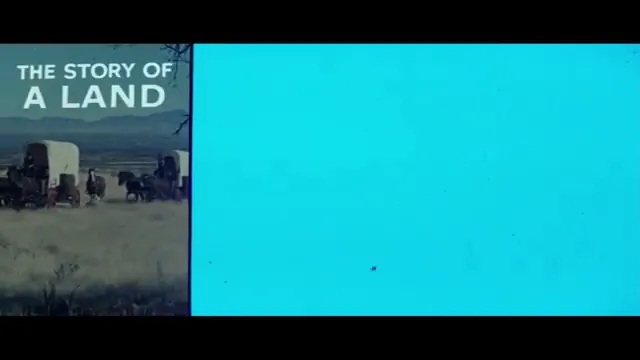
Building a New Life in Osage
Unable to claim his desired land, Yancey decides to take over the local newspaper, the ‘Oklahoma Wigwam’, in the burgeoning boom town of Osage. He becomes a voice for justice and progress in the rough frontier settlement. Sabra, accustomed to a more refined life, struggles to adapt to the harshness and challenges of the frontier. As Osage grows, the Cravats become central figures in the community. Yancey’s strong principles often put him in conflict with others, while Sabra begins to find her own strength and place in the developing town.
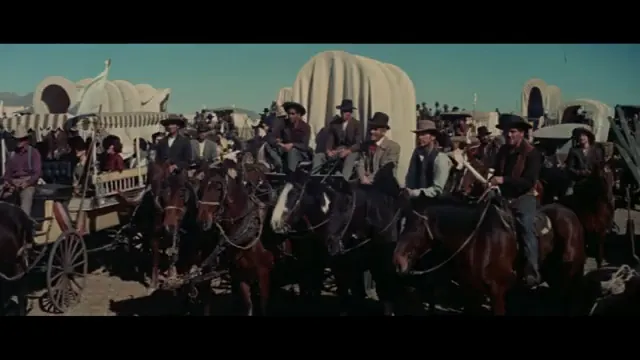
Conflicts, Ideals, and Wanderlust
Yancey frequently champions the rights of marginalized groups, including Native Americans and Jewish settlers, clashing with prejudiced elements in the town. His actions often lead to dangerous confrontations, showcasing his commitment to justice. Despite establishing roots and a family, Yancey remains restless, driven by a wanderlust that pulls him away from Osage and his family. These periods of absence create tension and distance in his marriage to Sabra.
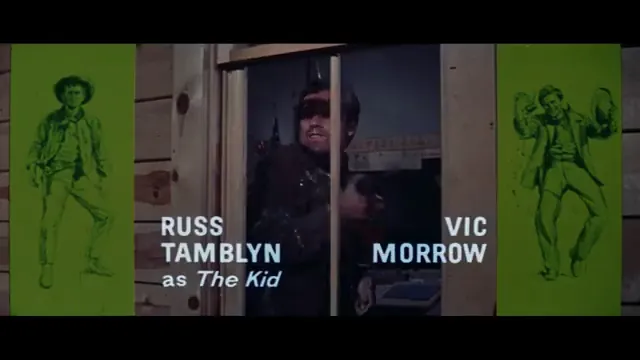
Sabra’s Resilience and the Passing Years
While Yancey is away on various adventures, Sabra takes charge of the newspaper and the family business. She proves to be a capable and strong leader, overseeing the growth and success of the ‘Oklahoma Wigwam’ into a larger enterprise. The film spans several decades, showing the transformation of Oklahoma from territory to statehood and the changing lives of the characters. Sabra’s journey is particularly highlighted as she adapts and thrives in Yancey’s absence.
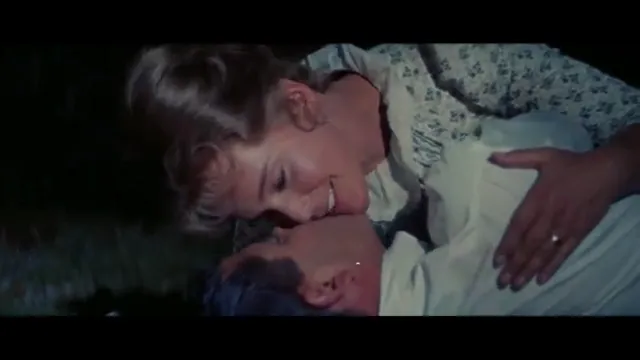
⚠️ Spoilers and Ending Explained
🎬 Cast & Characters
- Yancey ‘Cimarron’ Cravat (Glenn Ford): The adventurous pioneer, idealist, and newspaperman with a strong sense of justice and chronic wanderlust.
- Sabra Cravat (Maria Schell): Yancey’s wife who adapts to frontier life, builds the family newspaper into an empire, and seeks stability and respectability.
- Dixie Lee (Anne Baxter): Yancey’s independent former lover who establishes herself as a successful madam in the boomtown of Osage.
- Tom Wyatt (Arthur O’Connell): A poor farmer who becomes one of Oklahoma’s wealthiest men after striking oil on his land.
- Mrs. Sarah Wyatt (Mercedes McCambridge): Tom’s simple and practical wife who remains unchanged by their family’s sudden immense wealth.
- Sol Levy (David Opatoshu): A kind Jewish storekeeper who faces prejudice and represents the diverse population Yancey champions.
💬 Memorable Quotes
- Tom Wyatt: “I hit oil! Oil! It’s oil!” – Exclaimed with shock and excitement upon discovering oil on his seemingly barren piece of land, marking a pivotal moment of sudden wealth.
- Yancey ‘Cimarron’ Cravat: “whiskey bellied saddle tramp” – Used to describe a young man drifting into trouble, reflecting Yancey’s blunt assessment of characters and his attempts to guide others.
💰Box Office
- Budget: $5,421,000
- Domestic Gross: $4,500,000
- Worldwide Gross: $5,000,000
💥 Cimarron Reviews
Personal Review
Okay, so I watched Cimarron, and wow, that opening land rush scene is absolutely insane! It’s chaotic and exciting and totally captures that feeling of rushing towards something big. After that, the movie shifts gears a lot. It’s really about this couple, Yancey and Sabra, and how they build a life in the new Oklahoma Territory, but also how his need for adventure constantly pulls him away. I felt for Sabra; Maria Schell makes her journey from sheltered bride to tough business owner really believable. Honestly, the pacing is a bit all over the place, especially in the second half when Yancey is gone for long stretches. It feels like a different movie sometimes. But I still found myself invested in the town’s growth and the fate of some of the side characters, like the Wyatt family or Sol Levy. It’s definitely a grand story, even if it’s a little messy.
- Who would enjoy:
- “Fans of epic historical dramas”
- “Viewers interested in the settlement of the American West”
- “Those who enjoy sweeping family sagas”
- “Western fans interested in the genre’s evolution”
- “Fans of Glenn Ford or Maria Schell”
- Content warnings ⚠:
- “Portrayals of racism and prejudice against Native Americans and Jewish people”
- “Violence, including shootouts and a hanging”
- “Depiction of frontier life challenges”
- “Themes of infidelity and social conflict”
Professional Reviews
- Fictional: “Anthony Mann’s ‘Cimarron’ is a sprawling epic that starts with an undeniably spectacular Oklahoma Land Rush sequence. However, the film struggles to maintain momentum after its thrilling opening. While Glenn Ford delivers a capable performance as the wanderlust-stricken Yancey Cravat, the narrative becomes disjointed, with characters fading in and out and the second half losing much of the initial energy. The production values are high, showcasing impressive scope, but the inconsistent pacing prevents it from fully realizing its potential as a compelling frontier saga.
- Fictional: “This remake of the 1931 Best Picture winner boasts impressive scale and Robert Surtees’ beautiful cinematography captures the Western landscapes effectively. Glenn Ford is well-cast, portraying Yancey’s complex mix of idealism and restlessness. Maria Schell’s performance is notable, carrying much of the latter part of the film, though some may find her accent distracting. While the film tackles important themes like racism and the changing West, its episodic structure, inherited from the novel, leads to an uneven experience. The dramatic highlights, particularly the land rush, are memorable, but the domestic stretches can feel less engaging.
Audience Reactions
The chaotic and thrilling Oklahoma Land Rush sequence is a standout highlight.: Many viewers appreciate the film’s epic scale, the impressive cinematography, and strong performances from Glenn Ford and Maria Schell, particularly in depicting the challenges of frontier life.
Maria Schell’s portrayal of Sabra’s transformation is often cited as a strong point.: The film is praised for tackling challenging themes like racism and prejudice with a degree of realism for its time, and for showing the evolution of a frontier town.
Overall Consensus: A visually impressive but uneven epic Western that is praised for its spectacular opening and central performances but criticized for its inconsistent pacing and disjointed narrative in the latter half.
Awards
🛠️ Behind the Scenes
- “Director Anthony Mann was fired near the end of production and replaced by Charles Walters, leading to some disjointedness in the final film.”
- “Producer Edmund Grainger added scenes to the film without director Anthony Mann’s knowledge, reportedly to clarify the relationship between Yancey and Sabra.”
- “Actress Anne Baxter noted in her memoir that Glenn Ford and Maria Schell became very close during filming but were not speaking by the time the movie premiered.”
- “The film’s land rush sequence was a massive undertaking, involving thousands of extras and extensive logistical planning, ranking high in MGM history for personnel and equipment movement.”
- “The ending was changed from the novel and the 1931 version, removing a violent death scene for Yancey and replacing it with his death in World War I.”
🖥️ How to Watch Cimarron?
As of the latest information available from the provided text, ‘Cimarron’ (1960) can be found by searching on platforms like Amazon. It is also mentioned as occasionally airing on TCM (Turner Classic Movies).
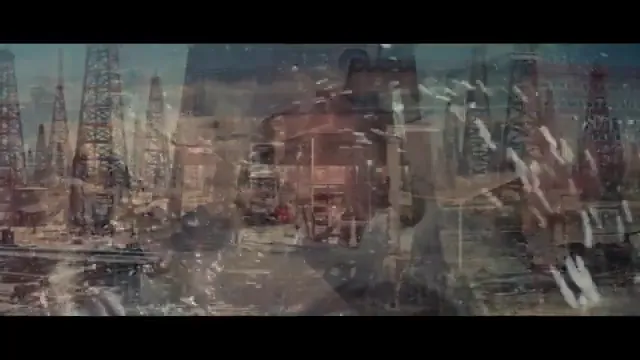
🎥 Similar Movies
If you enjoyed Cimarron, you might like these similar films:
- Giant (1956): Like Cimarron, this film is a sweeping saga spanning many years, focusing on a family’s life in the American West, dealing with themes of ambition, prejudice, and the impact of sudden wealth (oil).
- How The West Was Won (1962): A multi-generational epic Western saga made by the same studio around the same time, covering decades of westward expansion and featuring a large ensemble cast and spectacular scenes.
- Winchester ’73 (1950): Directed by Anthony Mann during his acclaimed partnership with James Stewart, this film represents Mann’s earlier, more focused Western style, appreciated by fans of the director’s work in the genre.
- Far and Away (1992): Features a prominent and visually ambitious recreation of the 1893 Oklahoma Land Run, providing a more modern take on the same historical event that kicks off Cimarron.
🛒 Cimarron Related Products
- Cimarron by Edna Ferber (Novel): Experience the sweeping multi-generational saga of the American West that inspired the film. Follow the Cravat family through the Oklahoma Land Rush and the transformation of the territory.
- Cimarron (1960) Blu-ray / DVD: Own the 1960 epic Western in high definition. Features the stunning Oklahoma Land Rush in widescreen Cinemascope and Metrocolor.
- The Oklahoma Land Rush: A History: A non-fiction account detailing the historical events of the 1889 Oklahoma Land Run and the subsequent settlement of the territory depicted in the movie.
- Classic Western Film Collection (Various Titles): A collection featuring acclaimed Western films from the golden age of Hollywood, similar in genre and scope to ‘Cimarron’.
🎧 Soundtrack
Cimarron features a captivating soundtrack that enhances the movie’s atmosphere and emotional impact. Here are some notable tracks:
- “Cimarron (Main Title)” – performed by Franz Waxman (Music), Paul Francis Webster (Lyrics), Performed by The Roger Wagner Chorale
- “Original Motion Picture Score” – performed by Franz Waxman
You can find the complete soundtrack on Amazon Music and Apple Music.
🤨 FAQ
Yes, the 1960 version of ‘Cimarron’ is a remake of the 1931 film of the same name. Both are based on the 1929 Edna Ferber novel.
The Oklahoma Land Rush scene is widely considered a highlight of the film. It is a large-scale, spectacular sequence depicting the chaotic race by thousands of people on wagons, horses, and foot to claim land in 1889. It features impressive visuals and stunt work.
Glenn Ford’s character, Yancey ‘Cimarron’ Cravat, is written to have a strong sense of wanderlust. This leads him to leave his family and Osage multiple times to pursue other adventures or causes, resulting in significant periods where the character is absent from the film’s narrative.
Maria Schell was an Austrian actress, and her accent in the film is her genuine European accent. Some reviews found it fitting for the character of an immigrant settler, while others found it distracting.
The 1960 film is based on Edna Ferber’s novel but features a different screenplay than the book and the 1931 film. Reviews suggest it makes significant changes, omitting or altering characters and plot points, including a different ending compared to the novel and the earlier film.
🔥 Bonus Content
Spirit (2002) – Training Spirit Scene (4/10) | Movieclips
Ever wonder how Spirit started to connect with Little Creek? This clip shows one of my favorite moments of them learning to trust each other – it’s surprisingly heartwarming!
Sound The Bugle
Get ready for some serious feels! Bryan Adams’ “Sound The Bugle” is such an iconic and emotional song from the movie soundtrack – it always gives me chills.
Run Free
Let the music sweep you away! The “Run Free” score by Hans Zimmer perfectly captures the wild, untamed heart of Spirit – it’s pure cinematic magic.
✨ Rate
There are no reviews yet. Be the first one to write one.



